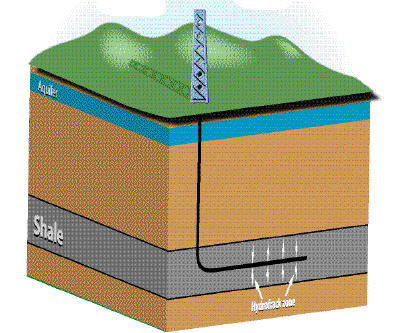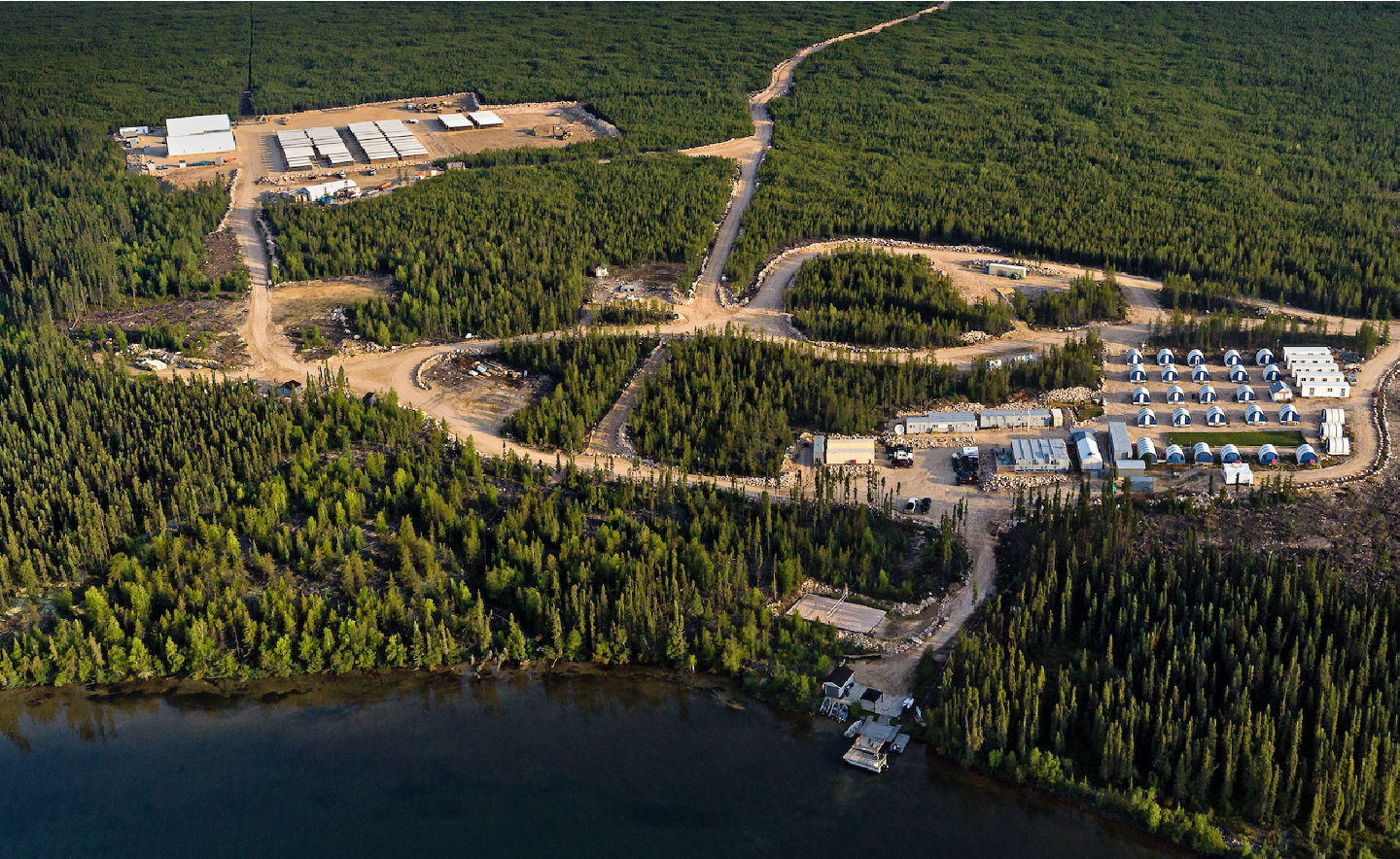Experts urge Canada to follow New York’s “no fracking way” example

The controversial practice of hydraulic fracturing or “fracking” — which involves pumping a mix of sand, water and chemicals into a well to fracture the rock and release natural gas — continues to attract widespread criticism for its potential to contaminate drinking water and cause minor earthquakes.
On Wednesday, opponents to the contentious practice dominated a hearing in New York called to review the state’s proposal to allow the mining technique. The city has had a three-year moratorium on fracking, but it is planning to allow it in the hopes of tapping potentially vast reserves of gas inNew York’s share of the giant Marcellus shale formation.
Environmentalists, residents and politicians, however, oppose strongly, saying that hydro-fracking could contaminate drinking water for millions of residents, as reported by Bloomberg:
Proposed rules on hydraulic fracturing for natural gas in New York state can’t protect reservoirs that supply drinking water to 9 million people in New York City.
“There is no possible regulation strong enough that you could come up with to prevent that one accident,” State Senator Tony Avella, who has introduced a bill to prohibit fracturing, or fracking, said at a hearing today at the Borough of Manhattan Community College. “New York state should never consider this process.”
One of the central arguments pro fracking, as Bloomberg reports is whether allowing that practice would create thousands of highly needed jobs in New York, as some studies have suggested.
However, Anthony Ingraffea, a Cornell University engineering professor, said that authorities should wait for results of the several ongoing studies health and environmental dangers before making a decision.
Local paper Times & Transcript reports on a talk on fracking that Ingraffea gave in New Brunswick, Canada:
Ingraffea said one of the biggest problems is the failure of wells, which happens five per cent of the time, allowing methane gas to escape, polluting drinking water and entering the atmosphere. He showed a video from a trout stream in the U.S. that was three kilometres from the nearest gas well, yet methane could be seen bubbling out of the water in several areas.
Ingraffea said that in the U.S., where oil companies only need consent from the property-owner to drill, he has seen instances where wells are built in the middle of residential areas:
“I’ve been to three separate places in the U.S. where the pad was built adjacent to a school, so close I could throw a football from a pad into the schoolyard,” he said. “Why do they do that? Because they can. It’s to show the community who’s in charge. It’s arrogance.”
The expert mentioned noise pollution, light pollution and dust pollution as minor effects of fracking in comparison to major chemicals being release into the air and water, not to mention endless transport of materials to and from the site in heavy trucks.
Cecelia Brooks, Water Grandmother with the Canadian Rivers Institute at the University of New Brunswickand Science Advisor to the Assembly of First Nations Chiefs of New Brunswick, wrote at CBC.ca:
Opponents of hydro-fracking have many concerns about water and air being contaminated by the chemicals used and released in the hydrofracking process.
These concerns include the unknown destination of gas that is not extracted and the effects of drilling blowouts, where drillers cannot control the gas flow and it explosively shoots out of the ground into the surface environment. These concerns were highlighted in the Academy Award-winning documentary film Gasland; a thought-provoking film about Pennsylvanian citizen Jeff Fox’s journey to find out about hydro-fracking.
Although some of the information in the film has been disputed by industry and government, some of the data comes directly from U.S. government research
The recent discovery of shale gas in New Brunswick has created a fiery debate about a gas extraction process that could create jobs in the low income region.
Fracking has already caused concerns in other Canadian regions experiencing a shale gas boom, including Dawson Creek, B.C.
(Main photo: Drilling in the Marcellus Shale. From sierraactivist.org)
{{ commodity.name }}
{{ post.title }}
{{ post.date }}

2 Comments
Biddulph Art
The people that are naysaying about fracking in shale have no data and no proofe. They are fear mongering trying to stir people up. There are many of us in the peace country that make our living from this type of shale gas. Most of us are of a mind that the naysayers should but
out. The research conducted in Wyoming is flawed and misleading the same as other misleading hyperbol put out by most environmentalists.
Jirimalik
Your´s coment: you have no data and you are no proof. Or: you lay and HF lobby pay for you for your lies. Wake up friend. We will stop HF in all our country. It is damaged in USA. In EU (with worse geological situaition) much more!! Jiri Malik, antifrack Coalition, CZECH REP.